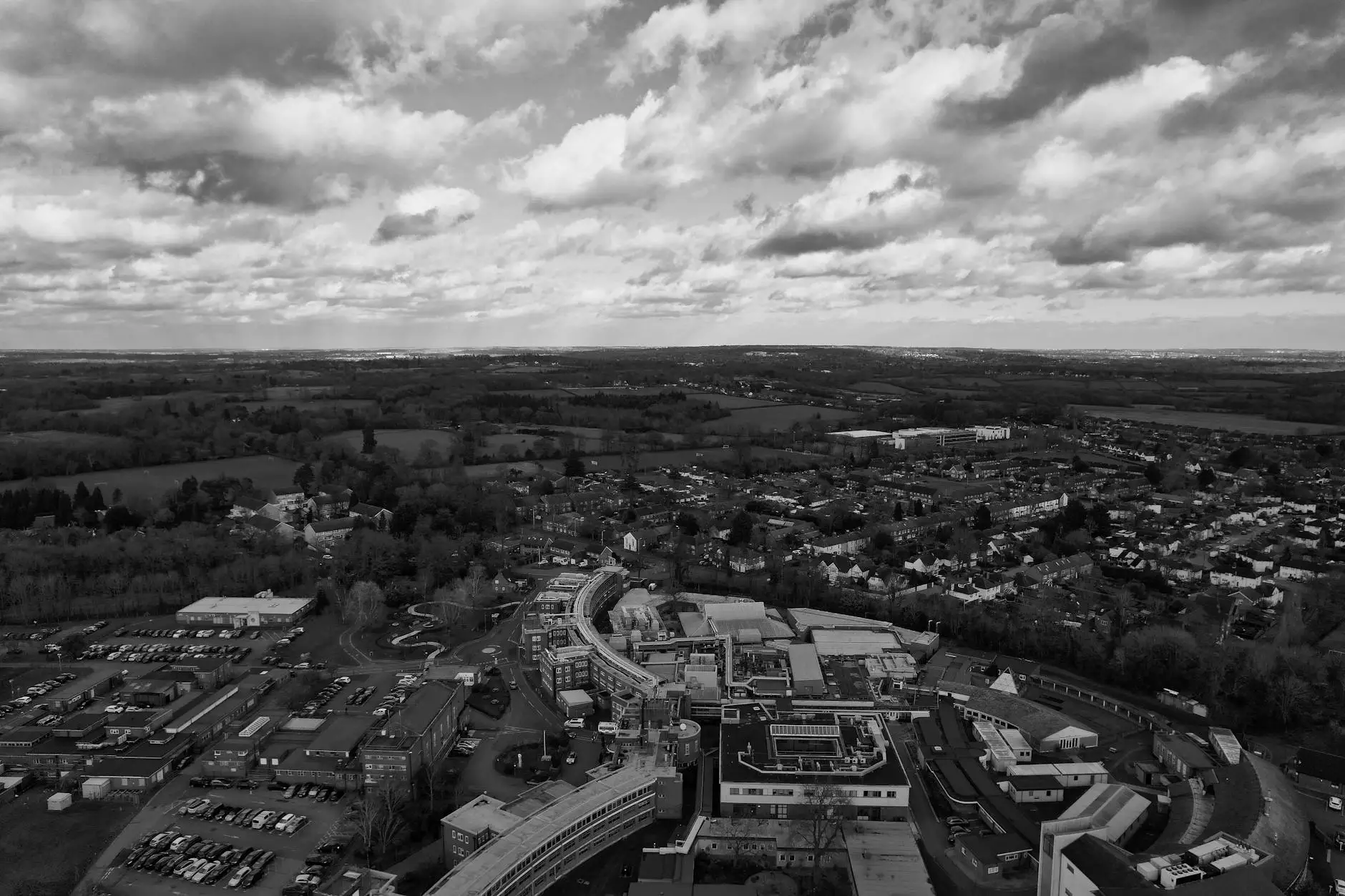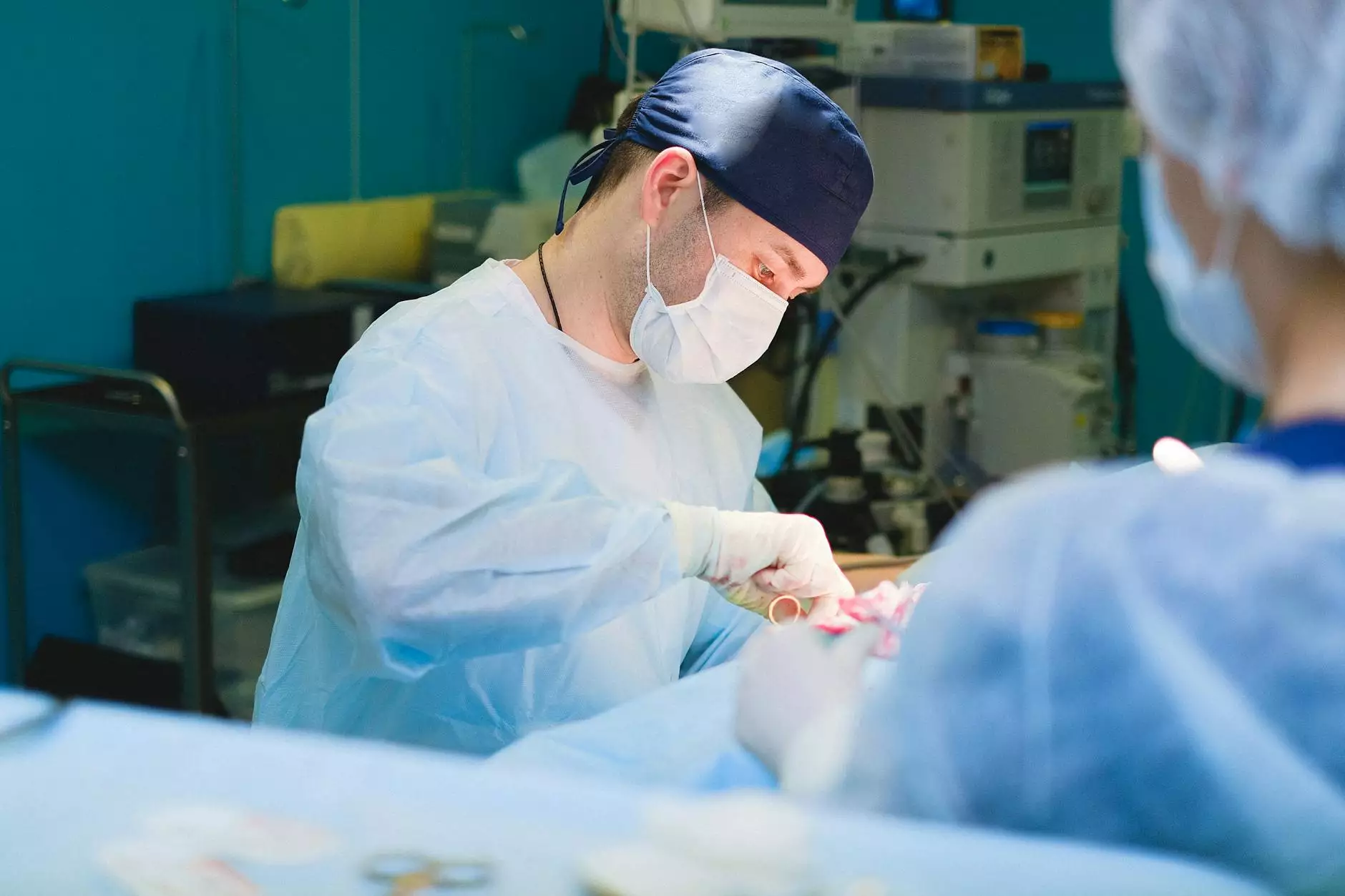The Future of Agriculture with **Agro Drones**

In recent years, technology has reshaped the agricultural landscape dramatically. One of the most exciting and industry-changing innovations is the agro drone. These high-tech flying devices are not just a luxury; they are becoming essential tools for modern farmers seeking efficiency and sustainability. This article will delve deep into the world of agro drones, examining their benefits, applications, and the future they promise for agriculture.
What Are Agro Drones?
Agro drones, also known as agricultural drones, are unmanned aerial vehicles (UAVs) specifically designed for agricultural purposes. They are equipped with advanced technology that allows them to assist farmers in managing crops, monitoring fields, and applying pesticides or fertilizers with pinpoint accuracy.
The Advantages of Using Agro Drones
Agro drones offer a wide array of benefits that traditional farming methods simply cannot match. Here are some of the primary advantages:
- Increased Efficiency: Drones can cover large fields in a fraction of the time it would take a human or vehicle, allowing for quicker data collection and crop monitoring.
- Precision Agriculture: With the ability to apply inputs like fertilizers and pesticides with extreme precision, agro drones minimize waste and maximize crop health.
- Cost-Effectiveness: While the initial investment in drones may be significant, the long-term savings in labor, resources, and increased yield make them a worthwhile investment.
- Real-Time Monitoring: Agro drones provide farmers the ability to monitor their crops in real time, leading to timely interventions and improved crop management.
- Data Collection: Advanced sensors on drones can gather valuable data on crop health, moisture levels, and nutrient content, allowing for informed decision-making.
Applications of Agro Drones in Farming
Agro drones are versatile tools with numerous applications that enhance agricultural practices. Below are some of the key uses:
1. Crop Monitoring
Monitoring crop health is crucial for farmers to maximize yield and minimize waste. Drones equipped with multispectral and thermal cameras can capture detailed imagery of the fields. These images help in identifying issues such as pest infestations, nutrient deficiencies, and disease outbreaks before they become significant problems. This timely data allows farmers to take proactive measures.
2. Precision Spraying
Traditionally, spraying pesticides or fertilizers involves significant waste and potential environmental harm. Agro drones can apply these chemicals more accurately, targeting only the areas that require treatment. This precision reduces the amount of chemicals needed and mitigates the risk of runoff, benefiting both the environment and farmers' bottom lines.
3. Soil Health Monitoring
Understanding soil health is vital for sustainable farming. Agro drones can assist in collecting soil samples across different field areas, assessing moisture levels, and understanding compaction. With this information, farmers can make informed decisions about irrigation and fertilization practices, improving overall crop yield.
4. Livestock Management
Beyond crops, agro drones can also aid in livestock management. They can be used to survey large pastures and monitor the health and location of animals, ensuring they are well-cared for while saving valuable time and labor.
5. Land Use Planning
Drones offer excellent aerial photography capabilities, helping farmers plan land use effectively. By providing an overview of the fields and topography, farmers can design better irrigation plans and crop layouts that optimize space and resource use.
The Technological Aspects of Agro Drones
The technology behind agro drones is fascinating and multifaceted. Here are some of the key components:
1. Navigation and Control
Agro drones utilize GPS technology for navigation, ensuring they can operate accurately over large fields. Many drones include advanced autopilot functionality, allowing for pre-programmed flight paths that ensure consistent coverage and efficiency.
2. Sensors and Cameras
High-quality sensors and cameras are at the heart of agro drone technology. These devices can capture high-resolution images and collect data at various spectrums (visible, infrared, etc.), providing insights that the naked eye cannot see.
3. Software Integration
Data captured by agro drones needs to be analyzed for effective decision-making. Various software solutions are available that can compile and interpret drone data, producing meaningful insights for farmers.
Challenges Facing Agro Drone Adoption
While the benefits of agro drones are compelling, there are challenges to their widespread adoption:
1. Regulatory Hurdles
Drones are subject to extensive regulations which can vary by region. Farmers must navigate these laws to ensure compliance, which can be a barrier to entry.
2. Costs of Technology
The initial cost of purchasing and maintaining agro drones and the software required can be high, posing a challenge for small-scale farmers. However, many larger operations find that the long-term savings outweigh the upfront investments.
3. Training and Knowledge
Utilizing drone technology effectively requires training. Farmers must invest time in learning how to operate drones and interpret the data they collect. Fortunately, many resources and training programs are becoming available to assist.
Future Prospects for Agro Drones
As technology continues to advance, the future of agro drones looks bright. Here are some upcoming trends we might see in the agricultural sector:
1. AI and Machine Learning Integration
Artificial intelligence (AI) and machine learning algorithms can significantly enhance the capability of agro drones. These technologies can automate data analysis, providing farmers with actionable insights without extensive manual intervention.
2. Enhanced Battery Life and Efficiency
Improvements in battery technology will allow drones to fly longer, covering larger areas without the need for frequent recharging. This efficiency will make them even more appealing to farmers.
3. Collaboration with Other Technologies
Drones will increasingly work in conjunction with other technologies such as robotics, IoT devices, and advanced sensors, creating an integrated approach to precision agriculture that maximizes productivity and sustainability.
Conclusion
In conclusion, agro drones represent a breakthrough in agricultural technology. Their ability to enhance efficiency, provide precise data, and improve crop management makes them invaluable to modern farming practices. Despite the challenges, the push towards adopting drone technology is accelerating, paving the way for a revolution in the agricultural sector. As we move forward, embracing this innovation will be crucial for sustainable farming and meeting the food demands of a growing global population.
By focusing on the potential of agro drones, businesses like A-Drones.com are at the forefront of this technology revolution, offering products and services that can empower farmers to harness the full potential of these incredible tools.









